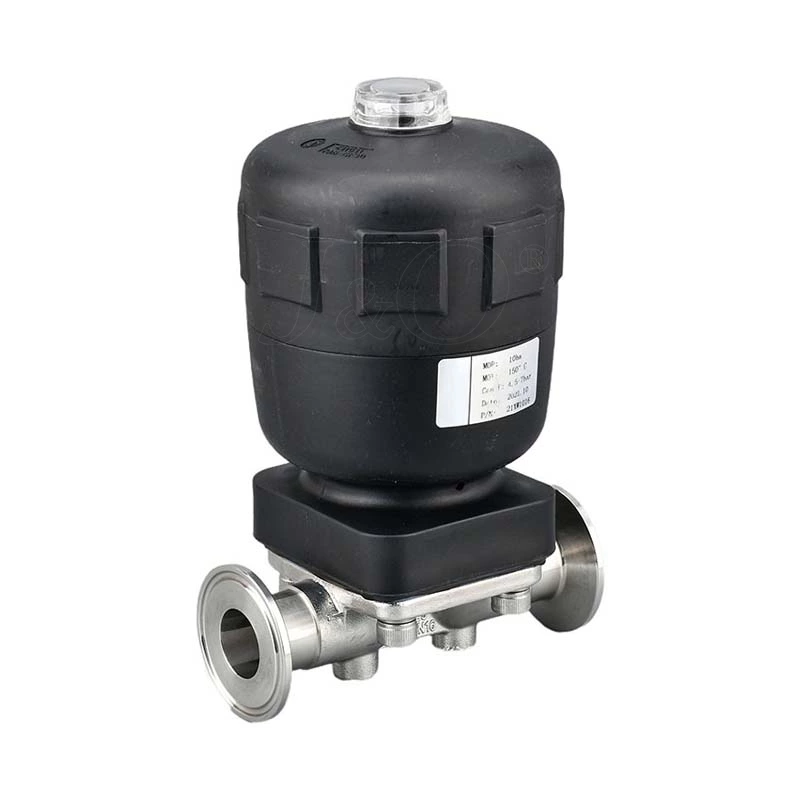How To Choose A Suitable Sanitary Diaphragm Valve?
The following key factors need to be considered when choosing a suitable Sanitary Diaphragm Valve:
Medium characteristics
Type and properties: Determine the type of medium (such as gas, liquid, steam) and chemical properties (such as corrosiveness, viscosity, toxicity, cleanliness requirements, etc.). This information is crucial for selecting the right material and sealing material.
Temperature range: Select the right valve material and sealing material according to the operating temperature range of the medium. Generally, rubber diaphragms are suitable for a temperature range of about -20℃~80℃, while polytetrafluoroethylene diaphragms can withstand higher temperatures, usually between -100℃~250℃.
Flow requirements
Determine the flow range: Determine the maximum, minimum and normal working flow that needs to pass through the diaphragm valve in the system. According to the flow range, select a sanitary diaphragm valve with the corresponding nominal diameter. The larger the flow, the larger the nominal diameter required.
Pressure conditions
Determine the working pressure: Accurately determine the normal working pressure, maximum pressure and minimum pressure of the diaphragm valve in the system. The nominal pressure rating of the sanitary diaphragm valve should not be lower than the maximum working pressure of the system.
Valve performance characteristics
Sealing performance: Ensure that the valve has excellent sealing performance to prevent fluid leakage. Focus on the sealing material and structural design of the valve.
Corrosion resistance and wear resistance: Select materials with good corrosion resistance and wear resistance to extend the service life of the valve and reduce maintenance costs.
Easy to clean and maintain: Select valve models with simple structure, easy disassembly and cleaning to reduce downtime and production costs.
Control mode
Determine the required control mode according to actual needs, such as manual, pneumatic or electric. Pneumatic and electric control are generally suitable for occasions that require remote control or automatic control.
Brand and model
Brand reputation: Choose brands with good reputation and rich experience. These brands usually have strict quality control systems and perfect after-sales service systems.
Model selection: Select the appropriate model according to the specific application and needs, such as choosing a model with higher corrosion resistance in occasions where corrosive media are handled.
Other factors
Cost-effectiveness: Under the premise of meeting the application requirements, consider the cost-effectiveness of the valve, and compare factors such as price, performance and service life of different brands and models.
Supply and after-sales service: Choose a supplier with good supply capacity and after-sales service to ensure that spare parts and technical support can be obtained in time when needed.
In summary, choosing a suitable sanitary diaphragm valve requires comprehensive consideration of multiple factors to ensure that the valve can meet the actual needs of the system and has good performance and reliability.
